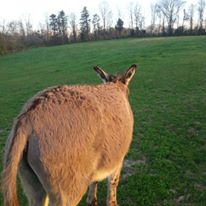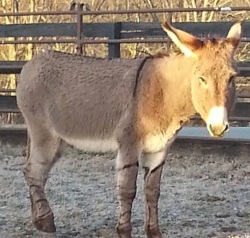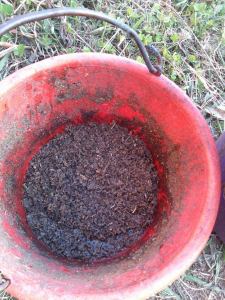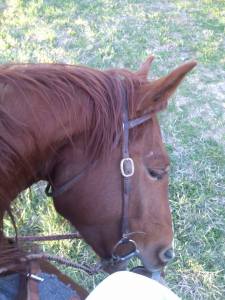It’s been a while since my last post and a lot sure has gone on since then.
Just this month I wrote an article on Time Tips For Showing that Horse & Ranch magazine published. If you get stressed showing you’ll want to check it out!
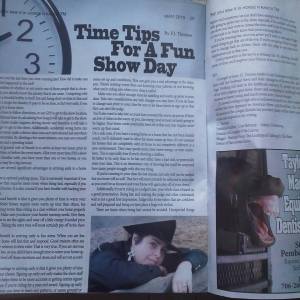
I also launched Cowgirls With Curves a couple months back. It’s a blog and website for plus size riders to highlight their efforts, encourage them, and to help motivate and give them a voice. It’s something that I can relate to first hand, and it’s something I’m passionate about!
Back in early April I had to put my twenty-five year old gelding down. I had owned Matthew’s Bluff, aka Bluff, for twenty-three years.
I went to bring in the geldings that morning and he was unable to control his hind end and was falling. He was trying so desperately to come in because it was feeding time and I was worried he was going to fall into the fence. The vet suspected he had a stroke and I knew we had no other choice. The hard part was that I knew he wasn’t ready to go, but at the same time he hadn’t suffered. Quite frankly, had none of this happened and it was a case of planning his euthanasia I’m not sure I would have had any more peace. So I guess this was the least of the evils.
Bluff taught me so much, like how to ride big horses, and how to re-hab a track horse. I’m sure going to miss him!
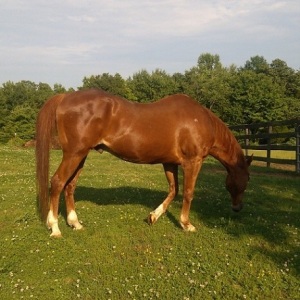
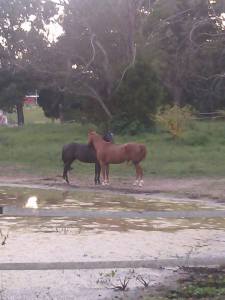
About a month after that, my bay gelding Cool presented with what we thought was colic but then spiked a temperature of 106.2 and required IV antibiotics and fluids. I spent most of the time in the barn and needless to say there wasn’t a lot of sleep, and my pocket-book is a lot lighter. The vet suspected an infection but unfortunately we don’t have a definite answer. The good news is he’s back to his grumpy little self.
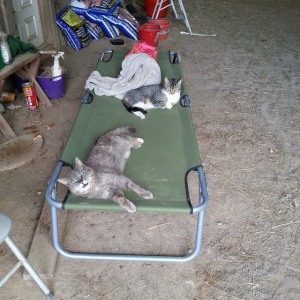
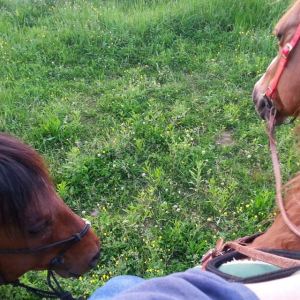
This past weekend was a nice milestone. Mister Decision, aka Bubba, won me the High Point award for the Smoky Mountain Show Series held at Tri-State in Cleveland, Tennessee. We showed in Ranch Trail, Horsemanship, Barrels, and Poles.
Last year, this same gelding left a nice big bruise on my leg when he acted like a bronc before one of my classes. Then later in the year he wouldn’t settle on the trail pattern and managed to knock over the gate and one of the boxes. So to just get through a trail pattern leaving everything intact was progress!
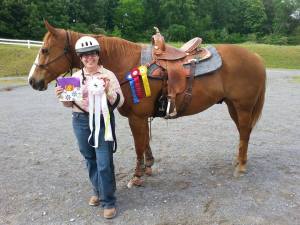
My barrel horse, Shawne Fire N Te, aka Fireman, is going to have several weeks off. Last year we struggled with keeping him tracking sound. I finally bit the bullet and had x-rays done. Although his feet looked perfect and were on the exact same angle the bones were nowhere near the alignment that we thought they were in shoeing. So we’re making some major changes and hopefully will be back to barrel racing later in the year.
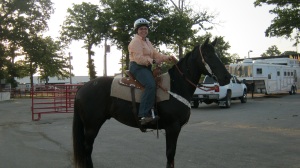
On an end note, Oscar the donkey that we rescued is still here. Last weekend he was gelded. And no, it didn’t go as planned but then when does it ever with a donkey? Yes, he still likes his butt scratched.
